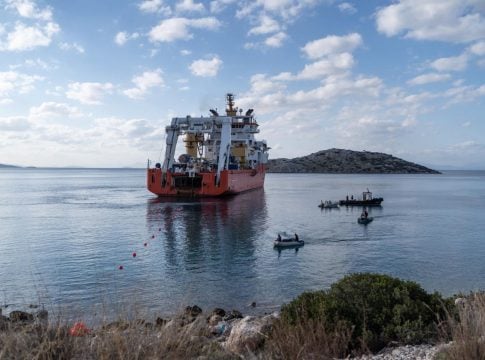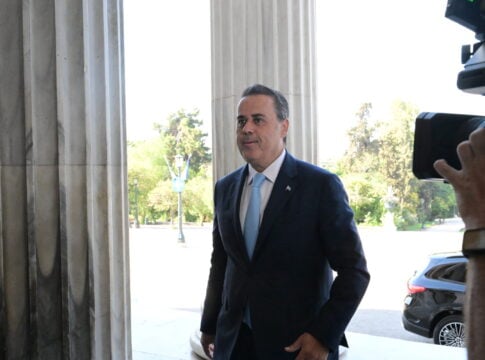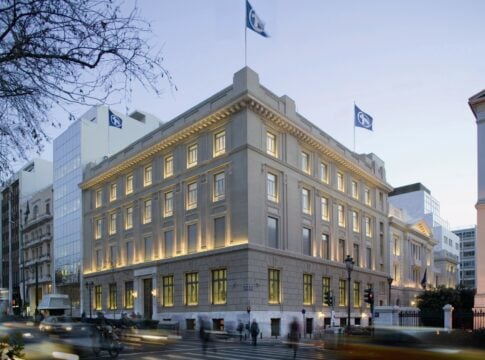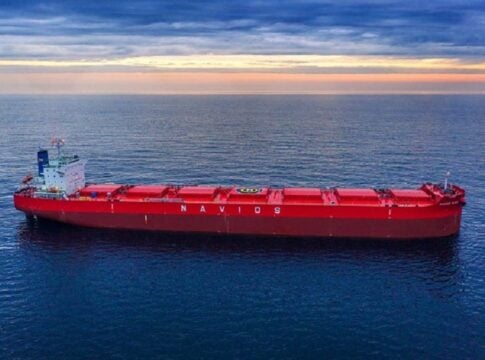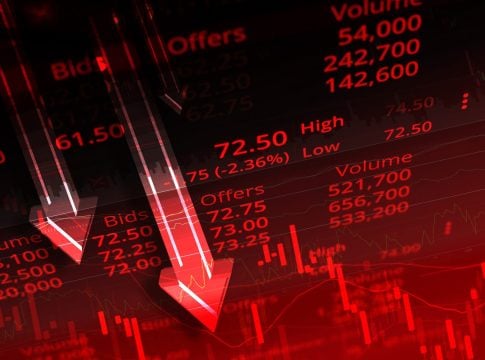ELSTAT revised upwards the investment share to GDP, from 15.3% estimated in March to 16%, but this is not enough to lift Greece from the last place in the EU.
The large increase in investments with a double-digit percentage (10.2%) is the main bet for the next year, a bet that was not won even in 2025, as the budget forecast for an increase of 8.4% during the current year was “corrected” with the 2026 draft to +5.7%.
Based on the revised figures, the “investment gap” for 2024 stands at 5.65 percentage points, as the European Union average reaches 21.69% for 2024, with Greece’s corresponding percentage rising to 16.04%.
Progress has been slow in recent years and acceleration is sought not only through the full utilization of the Recovery Fund resources and the implementation of the Public Investment Program, but also through greater involvement of the private sector or the implementation of more “cross-border agreements.”
The stakes are high, as the scope for further wage increases, mainly in the private sector, will depend on the level of investment.
The updated data show that there has been progress over the last years in increasing the share of investment in GDP, but it is very small, especially after the end of the pandemic. In 2019, the lowest percentage in the last 10 years was recorded, just 10.97%. Since then, the percentage has increased by five percentage points. However, from 2022 to 2023 and from 2023 to 2024, the increase was very small (from 15.72% in 2022 it reached 15.88% in 2023 and 16.04% in 2024).
For 2026, the economic staff estimates – the forecasts were recorded in the draft budget and have not incorporated the revised data from ELSTAT – that the investment ratio to GDP will reach – in nominal terms – 16.8%. This will also be the highest percentage recorded since 2010. In other words, even today, it has not returned to pre-crisis levels.
To recover the levels of 2010, investments must increase by at least 10% in 2026 and not a single euro must be lost from the resources of the Recovery Fund, which closes its cycle after the summer. 50% of the increase is estimated to come from construction and the remaining 50% from investments in equipment. However, to achieve the goal, a significant boost will be required in housing investments – these are also considered necessary to address the housing shortage – as well as greater assistance from the private sector or even cross-border agreements, the necessity of which was also mentioned by Finance Minister Kyriakos Pierrakakis from Washington.




